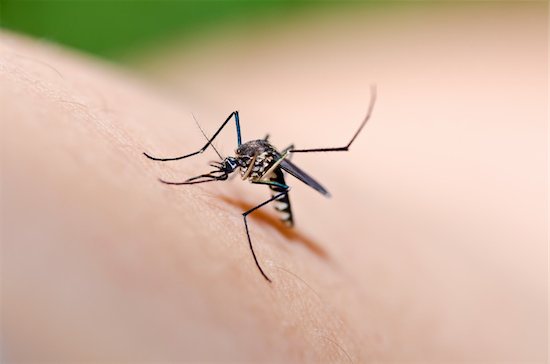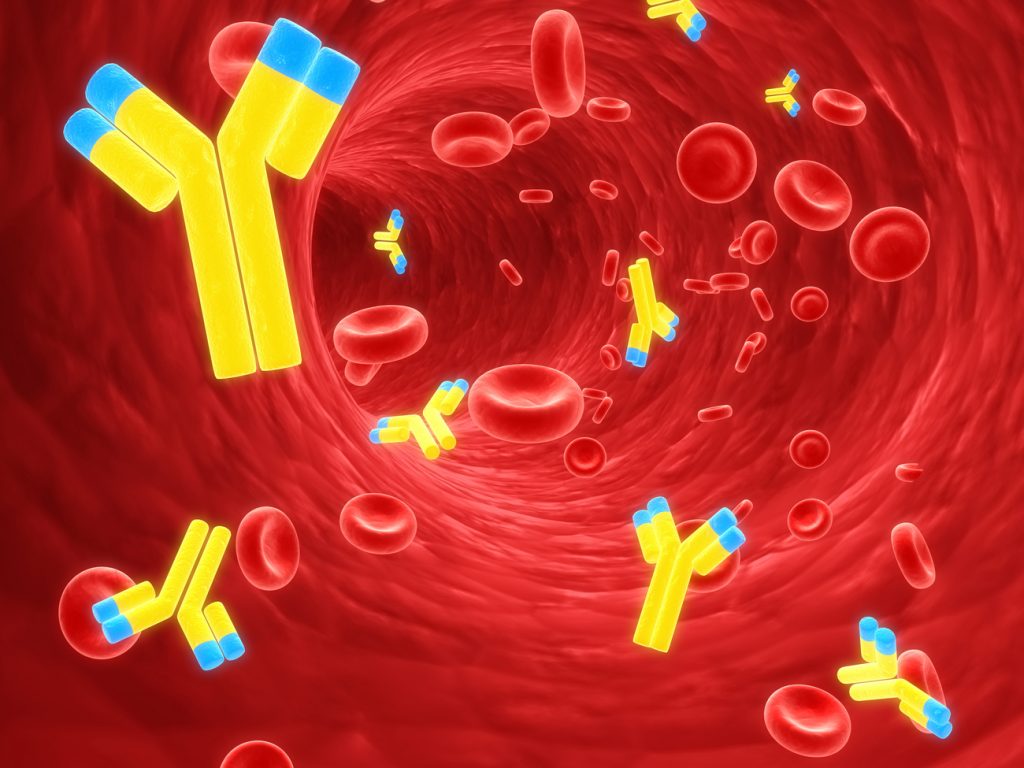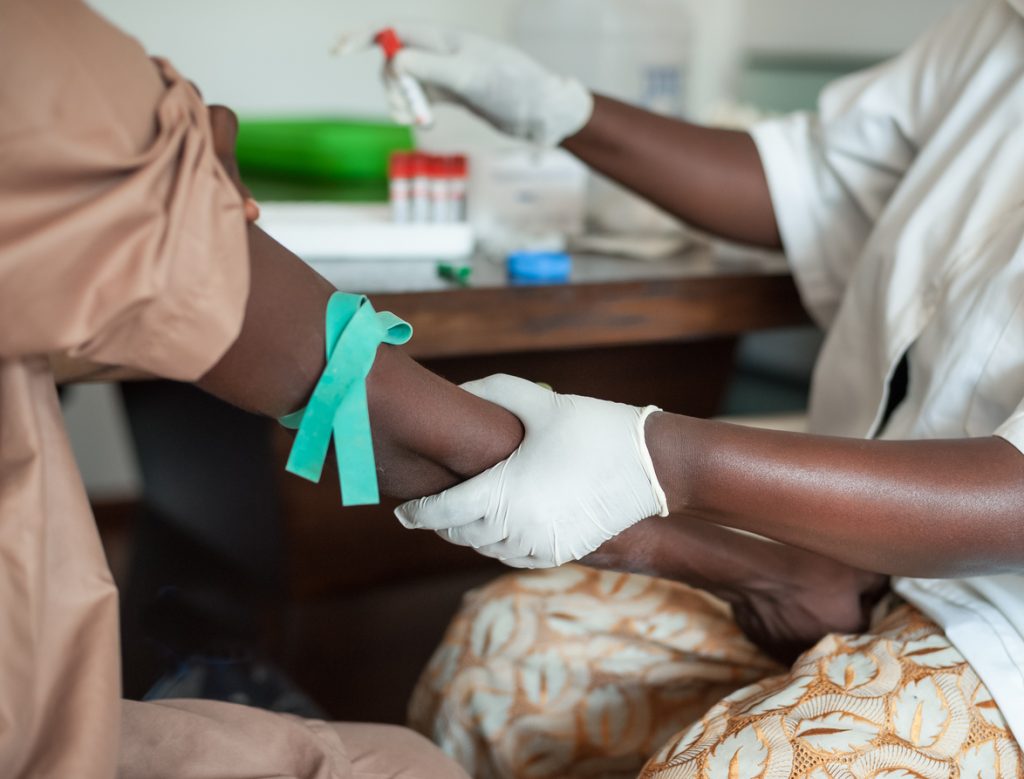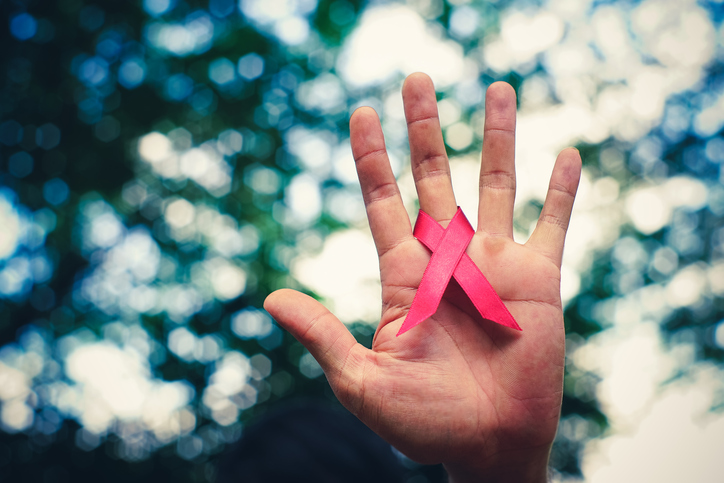Posts tagged eliminating viruses

What Is the Zika Virus?
The Zika virus is a disease that has recently reemerged over the past few years. Doctors discovered the disease in the Zika Forest of Uganda, during the 40’s. Over the past decade, the virus has made its way across the Pacific Ocean and to the Americas, causing an unprecedented epidemic. Find out why so many people are worried about the Zika virus, and what you should know about this troubling disease.
What Makes the Zika Virus So Dangerous?
The Zika virus is related to the dengue, yellow fever, Japanese encephalitis, and the West Nile viruses. Like many of these viruses, Zika is most commonly transmitted through mosquitoes. However, what makes the disease truly troubling is that it can also spread from mother to child, through sex, and through blood transfusions, making it a sexually transmitted disease.
People who contract the Zika virus don’t usually display any signs or symptoms of the disease. When people do show signs of the virus, the most common symptoms are fever, rash, headache, joint pain, red eyes, and muscle pain. These are mild symptoms, lasting for only a few days or a week. What makes Zika such dangerous condition is how it affects women who are pregnant. The virus can cause severe birth defects, as well as miscarriages and stillbirths.
A recent study at the published in the EMBO Journal looked into why the virus seems to affect people more during pregnancy than after. Researchers found is that low levels of an antiviral factor called interferon-induced transmembrane protein 3 (IFITM3) leave the body susceptible to the virus. IFITM3 prevents the multiplication of the virus and the cells from dying.
Preventing the Virus From Affecting You
The researchers of the Zika study hope to develop drugs in the future to prevent the destruction of cells and the virus. For now, the CDC recommends several ways to avoid contracting the virus.
- Keep Bugs Away – The first method is to keep mosquitoes away from you. Mosquitoes are the primary cause of the virus. It is advised that people wear long-sleeved shirts and pants and used EPA-registered insect repellents.
- Prep Your Home – Mosquitoes can easily invade your home. That’s why the CDC suggest keeping the air conditioner on and closing your windows and screen doors. You should also use mosquito netting to cover bedding for you and your children.
- Use Protection During Sex – Like most sexually transmitted disease, condoms and abstinence will protect you or your partners from contracting the disease.
- Avoid Traveling to Zika Areas – The CDC stresses that pregnant women should avoid traveling to areas at risk for Zika. They are more vulnerable to the dangerous effects of the virus.
Unfortunately, there is no cure for the Zika Virus. Taking these precautions will help keep you safe. The CDC is still researching a way to reduce the spread of this disease and eventually cure it. It is also important to get tested for the virus. By knowing if you are infected with the virus, you can plan for the future.

New HIV Antibodies Created to Fight Off the Virus
Scientists have made a huge step towards fighting off the HIV virus. Researchers at The Scripps Research Institute (TSRI) were able to attach HIV antibodies to immune cells in their most recent study. These new cells could potentially be the cure that millions infected with the life-threatening disease need. Find out what the scientists at TSRI had to say about their research and how these new cells eliminate the virus from the body.
How Do the HIV Antibodies Work?
Typically, antibodies float in the bloodstream alongside the cells in the body. However, the HIV antibodies developed by the researchers work a little differently. The scientists were able to tether the antibodies to immune cells. This technique created a new population of resistant cells that can replace cells affected by the disease.
This close connection with the immune cells is what Jia Xie, a senior staff scientist at TSRI and first author of the study, called the “neighbor effect.” Essentially, the antibodies hang on to a cell’s surface, acting as a barrier between HIV and the cell’s receptor. This action prevents HIV from infecting the cells and spreading throughout the body.
“This protection would be long term,” said Jia Xie. “You don’t need to have so many molecules on one cell to be effective,” he said.
How Was the Test Preformed?
Xie and his researchers first tested the tethering system against the rhinovirus, which is otherwise known as the common cold. The researchers were able to apply a new gene to cultured human cells. This gene is the one responsible for the creation of the antibodies that attached to immune cells.
The antibodies protected the cell receptors from the virus, halting infection. When adding rhinovirus to the testing, many of the unprotected cells died off. However, the newly created antibodies were able to thrive as the number of cell populations recovered to almost normal levels.
The next step after this success was to test the antibodies against HIV. The goal was for the HIV antibodies to protect the CD4 cells, which are usually the target of HIV. In the end, an HIV-resistant population of cells grew, while the old cells died. This is exactly the type of success that the team at TSRI was looking for.
What This Means for the Future
Antiretroviral drugs are the primary defense against HIV. The problem with this type of medication is that they have to be taken daily. Sometimes, HIV-positive individuals still suffer from higher rates of diseases when taking the drugs.
When discussing the TSRI’s research and new techniques, Joseph Alvarnas, M.D., director of Value-Based Analytics at the City of Hope, states “HIV is treatable but not curable–this remains a disease that causes a lot of suffering. That makes the case for why these technologies are so important.”
The research still has a long way to go. Scientists are testing to find out what other parts of the cell the new antibodies can protect. Hopefully, this can lead to a potential cure.

Eliminating HIV in Sub-Saharan Africa Proves Difficult
We’ve discussed HIV’s impact on the sub-Saharan region of Africa before. Over the years, the disease has infected more than 25 million people, with the number of new infections rising every year. One the biggest obstacles the area faces is a lack of access to condoms. This contraceptive is rarely used among men and women in these countries. Eliminating HIV is no easy task, especially in a region where the prevalence of HIV is 1.5 times higher than Europe and the United States. The UN’s latest efforts to reduce the spread of the disease seems likely to fail.
Eliminating HIV in This Region Isn’t Easy
Organizations like the World Health Organization (WHO) and UNAIDS have found success in reducing the number of HIV patients in the United States and other similar countries. However, those countries are resource-rich areas, where they have the means and money to educate and distribute HIV protection. Both organizations have tried to implement similar efforts in the sub-Saharan region.
WHO and UNAIDS sought to use treatment as a prevention method. The plan would treat HIV-positive individuals and reduce their ability to infect others. They hoped to diagnose and treat 90 percent of the people within the next three years.
Why Researchers Cast Doubt
Unfortunately, a study by UCLA researchers cast doubt on this plan, seeing it as unfeasible. The researchers used statistical mapping to find people infected with HIV in Lesotho. At least 1 in 4 people have HIV in this South African country. Similar to other South African countries, most people have gone without a diagnosis, nor are they receiving treatment. The scientists discovered that the plan couldn’t address the fact that HIV-positive individuals are widely dispersed within the country. Also, very little of the population lives in urban areas, making it hard to find these people.
“Global health policies for HIV elimination need to be redesigned, and they need to consider settlement patterns and population density,” said Sally Blower, director of UCLA’s Center for Biomedical Modeling. “Our results show that the spatial demographics of populations in predominantly rural countries in sub-Saharan Africa will significantly hinder, and may even prevent, the elimination of HIV.”
“We estimate that almost every settlement in the country has at least one HIV-infected person, and this holds true for even the smallest and most remote settlement,” said Brian Coburn, the study’s other co-author, who was a postdoctoral fellow in Blower’s group. “We also found that approximately 70 percent of HIV-infected adults live in rural settlements.”
With those in need of treatment so widespread, it becomes harder and more expensive to help them. For every rural location, there is an average of two or fewer people per square kilometer who is HIV-positive. The problem is reaching them.
The Importance of Finding a Great Plan
The researchers at UCLA are using their technology to find alternate plans that address these issues. Blower states that in order “To develop effective strategies, we need to figure out — throughout entire countries — where HIV-infected individuals live and which communities are connected to each other.” Hopefully, whatever plan the governments of Africa chooses can curb the epidemic plaguing the continent and eventually help in eliminating HIV.

Mother-To-Child HIV Transmission Eliminated in Thailand
One of the biggest concerns in the world is the spread of HIV. This happens through unprotected sex, sharing needles, and more. Actions like these leave adults at risk. Unfortunately, the spread of HIV doesn’t stop with there. HIV transmission can happen during pregnancy, birth, or breastfeeding as well, causing an unborn child or infant to contract the disease. The World Health Organization (WHO) has made efforts to stop mother-to-child HIV transmission, and it has worked for Thailand.
Mother-To-Child HIV Transmission
Parents and soon to be mothers with HIV need to be aware that pregnancy, birth, and breastfeeding is the most common to spread the disease to your child. The CDC states these three facts:
- Approximately 8,500 women living with HIV give birth annually.
- Most (73%) of the estimated 174 children in the United States who were diagnosed with HIV in 2014 got HIV through perinatal transmission.
- Most (88%) of the estimated 104 children in the United States diagnosed with AIDS in 2014 got HIV through perinatal transmission.
In order to protect your child, it is important to be tested once you discover that you are pregnant. The risk of HIV significantly decreases to around 1 percent if HIV medicines are taken within the first 4-6 weeks.
How Thailand Has Eliminated This Transmission
Around the mid-1990’s, the rate of mother-to-infant HIV transmissions in Thailand was 20-40 percent. Using WHO’s recommended strategy, the government has successfully reduced transmissions to 1.9 percent. This strategy focuses on four areas of prevention and care:
- The prevention of HIV in women of childbearing age
- Stopping unintended pregnancies in women living with HIV
- The prevention of HIV transmission from an HIV-infected woman to her infant
- Provision of appropriate treatment, care, and support to women and children living with HIV
Thanks to the government’s initiative, they followed this strategy through the promotion of condoms, the distribution of HIV risk materials, and other efforts. Soon, more government money flowed into Thailand’s HIV/AIDS programs because of their successful efforts. Women have since had more access to HIV testing and antiretroviral therapy.
Awareness and determination like this spell a bright future for stopping HIV in its tracks.
How Viruses Working Together Affect Your Health
Much can be accomplished with a team effort. This is true for most of the natural world. By forming networks and through communication, teamwork is seen in all walks of life, even in microbes. Viruses are included in this phenomenon.
Some years back, it was discovered that viruses do interact with each other. Recent studies are showing that this interaction plays a large role in the success of treating the infection. Researchers are hoping that with further study and clarification on the details, new treatments could be developed that will prove even more effective.
How Viruses Use Colonies to Resist Treatment
One study recently published its findings on the subject of viral diversity and social interaction. For a viral infection to take hold, a colony is formed. With HIV, this is also true. Once formed, the colony that resists treatment is normally the one with the most genetic diversity. The more mutations found within the colony, the better chance the virus has of becoming immune to drug therapy. Basically, diversity leads to a stronger hold on the host.
This is not good for the patient or the medical professionals who are trying to treat him or her. It does, however, help to explain why some treatment does not work as effectively as expected. Before, a drug was designed to focus on a single cell. Trying to treat an infection this way leaves out the potential for variants within the infection.
This brings us to the next point. When the viruses interact with each other, they form certain connections. Understanding how and why they communicate could unlock certain secrets that, in turn, could lead to better treatments—or even an eventual cure.
Changing the perspective on how to treat a viral infection, whether HIV, hepatitis A, or others, could help researchers find even more effective ways of eradicating a virus. When taking into account the virus’s social abilities along with the diversity it promotes, scientists become better equipped to handle the problem. Further investigation on such matters is underway.




